
The Importance of Cybersecurity Experts in OT Environments
Cybersecurity in operational technology (OT) environments has become a crucial concern in today’s growing digital era. As industries digitize, the line between information technology (IT) and OT blurs, enabling more opportunities but also posing greater challenges.
The increase in cyberattacks on OT systems is a known fact that can be further explored in the 2024 State of OT and Cybersecurity Report. The report found that 73% of organizations have suffered an attack. Specifically, the year-over-year increase of intrusions affecting only OT systems has risen from 17% to 24%.
In addition to this risk landscape, this sector also faces another major challenge: the heterogeneity of the industry due to the diverse sub-industries it encompasses and its complex regulations and rules. Based on these trends, the role of the cybersecurity specialist in OT environments becomes vitally important.

A complex environment to protect
OT environments cover a wide variety of sub-industries, from energy to manufacturing, passing through oil and gas to transportation and more. All of these rely on cyber-physical systems such as industrial control systems (ICS), supervisory control and data acquisition systems (SCADA) and other devices and technologies that monitor and control physical processes and industrial operations.
Each of these sub-industries has its own specific cybersecurity and automation challenges and needs, thus requiring thorough management.
Cyberattackers also target sub-industries that suit them best, as revealed in the 2024 State of OT and Cybersecurity Report. One key takeaway is that manufacturing customers are prone to being subjected to staggeringly high ransoms.
From an architectural perspective, the Purdue Reference Model, also known as the Purdue Enterprise Reference Architecture (PERA), is considered the main reference model due to its widespread use in OT environments, as well as its organization and segmentation of industrial networks into hierarchical levels.
Each sub-industry adapts the model to its specific needs, ensuring that critical systems are protected and that integrations between field operations and enterprise systems are optimized. Furthermore, the evolution of emerging technologies, such as industrial IoT devices (IIoT) and industrial wireless (including industrial 5G), requires an adaptation of the Purdue reference model to each sub-industry every time new technologies are implemented.
Logically, each sub-industry within its operational environments has specific policy and regulatory frameworks designed to address its particular cybersecurity challenges and risks. As the threat landscape evolves, these regulations are also becoming increasingly stringent. Additionally, these norms vary geographically, posing as an added challenge for multinationals operating in different countries as they must adapt their infrastructures to ensure compliance with local regulations.
The subject matter experts
Because different sub-industries have different architectures and regulatory frameworks that vary depending on location of the infrastructure, an OT cybersecurity expert needs not only to understand general cybersecurity principles. They must also possess a deep knowledge of the processes and specific technologies of the sub-industry in which they operate, as well as the policy frameworks that affect them. All this will allow an effective implementation of security measures that would not interfere with normal operations and comply with statutory requirements.
Integrating security measures in OT systems is not an easy task due to the critical and continuous process nature of these systems. Security solutions must be carefully designed to not affect the availability and functionality of the systems. This requires detailed planning and meticulous implementation, aspects which can only be ensured by an experienced specialist in the field (a.k.a. subject matter experts).
Moreover, OT cybersecurity is not only about technology but also about people and processes which, of course, vary from one customer to another (even within the same sub-industry). Therefore, OT cybersecurity specialists must work closely with the client’s operations engineers and other stakeholders to develop practical and effective security strategies tailored to each client’s specific environment.
Cybersecurity in OT environments is a complex and multifaceted discipline that requires a combination of technical knowledge and expertise in diverse sub-industries. The integration of cybersecurity measures in these environments not only protects against cyberattacks but also ensures the continuity of critical operations.
As the industrial sector advances in its digital transformation, the demand for OT cybersecurity specialists with experience in different sub-industries will continue to grow.
To sum up, to address the unique challenges of OT cybersecurity, it is essential to rely on experts who understand both the technologies and the specific operational contexts of each sub-industry as well as their regulatory frameworks. This will not only strengthen the security of critical systems, but it will also enable a safer and more efficient operation of the infrastructures that support our broader society.
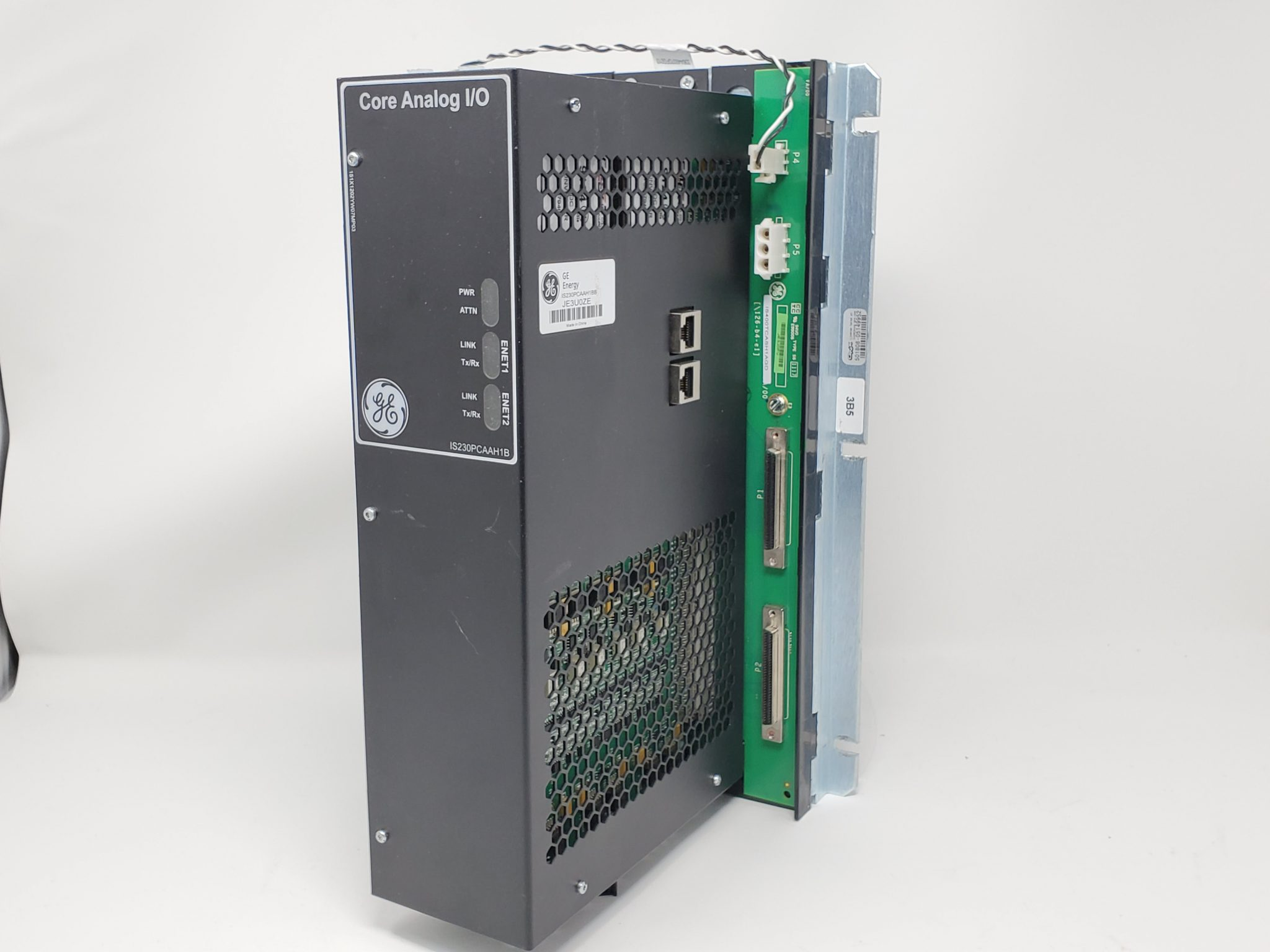

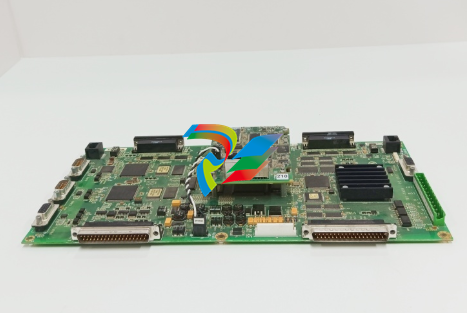
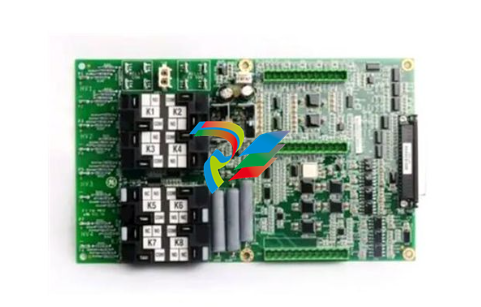
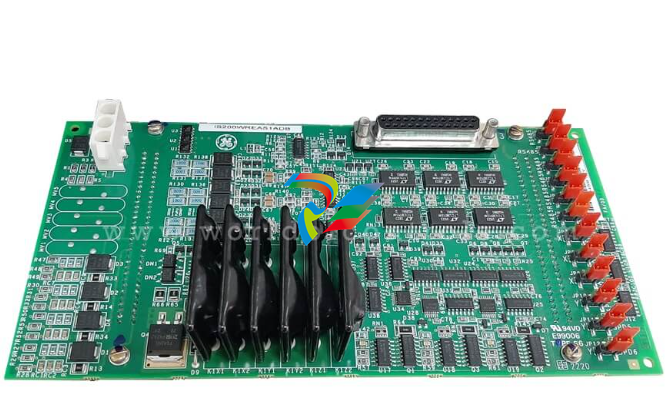
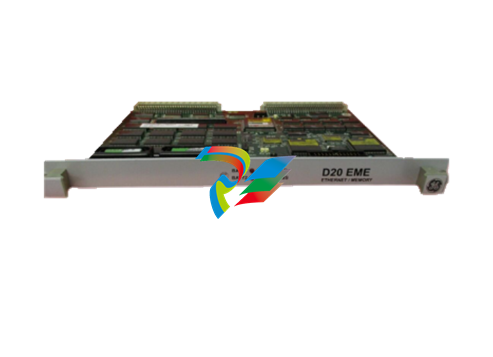
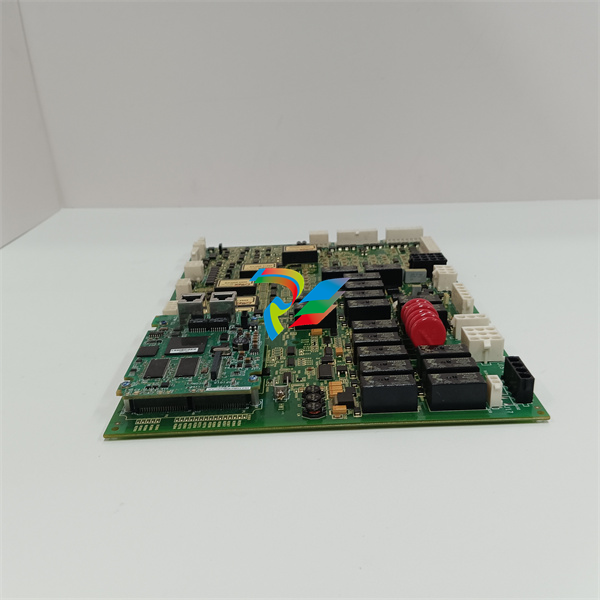
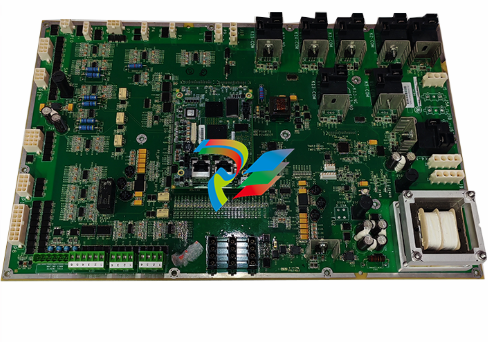
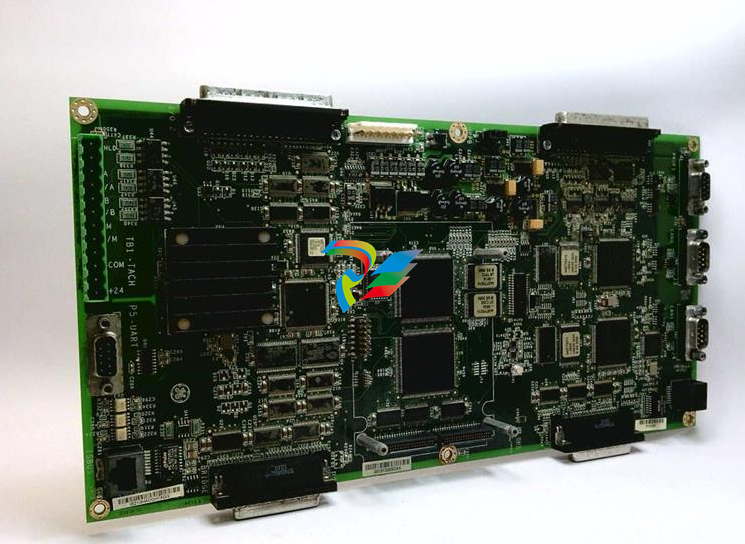
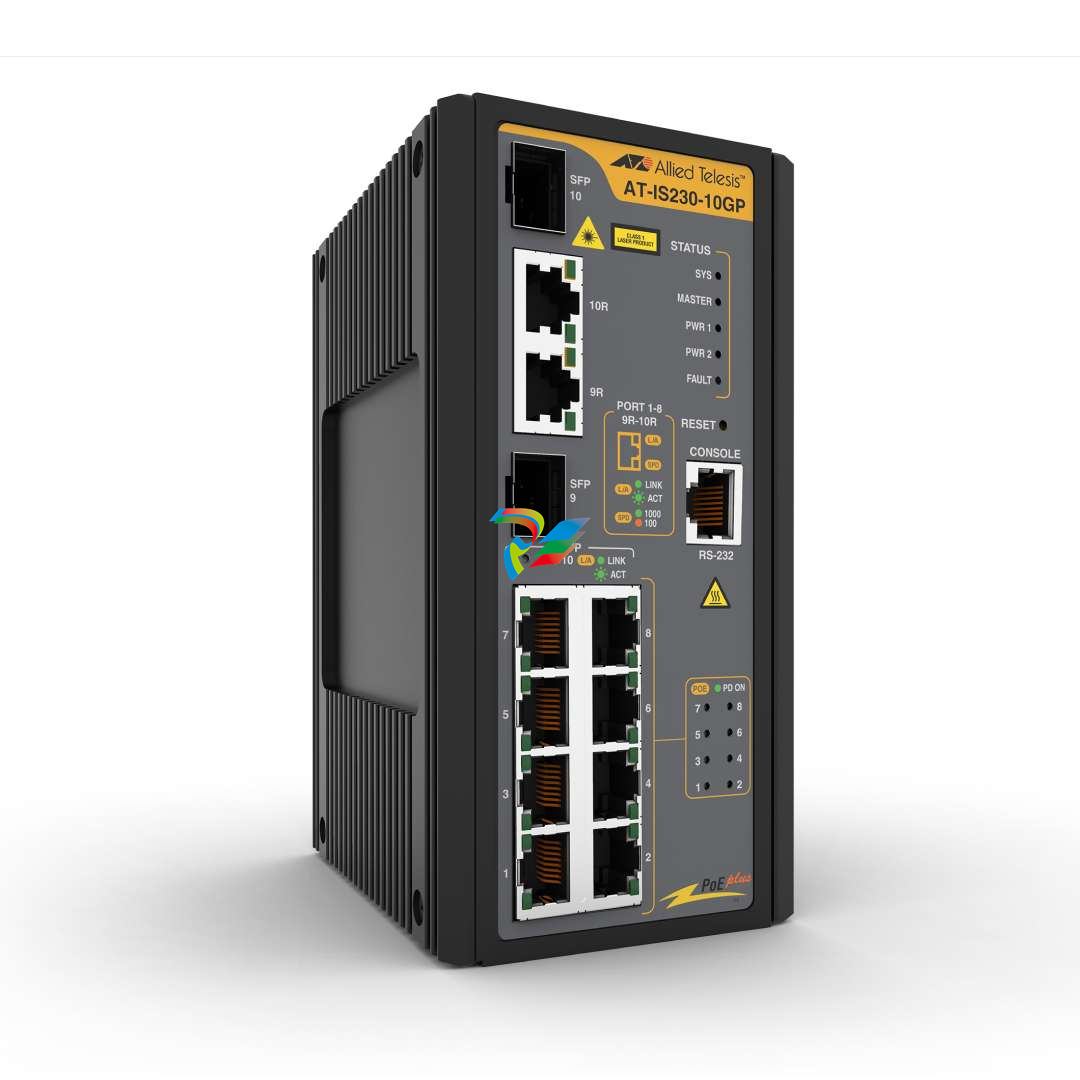
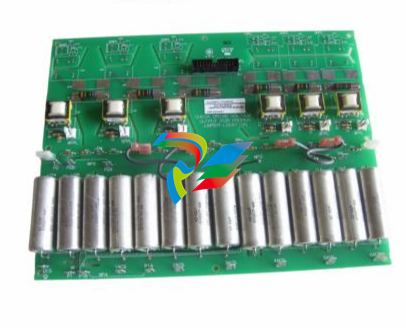

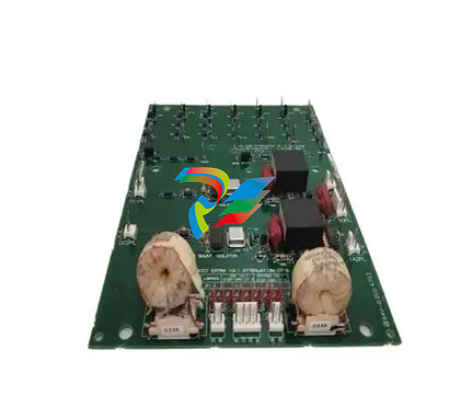

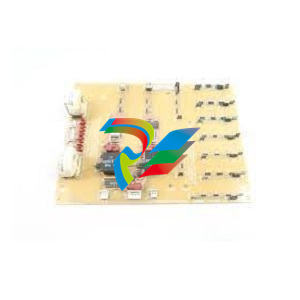
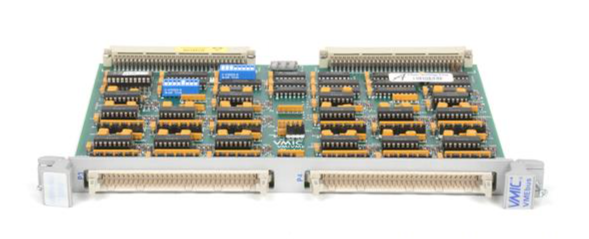
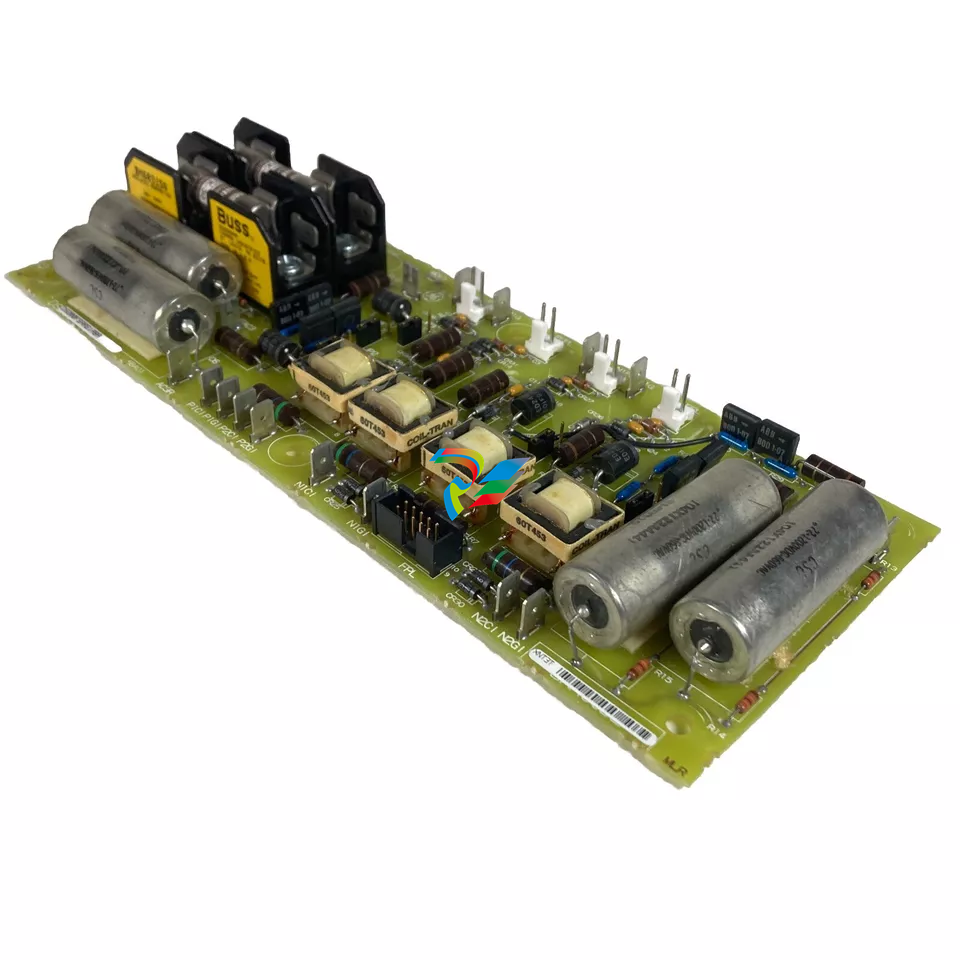
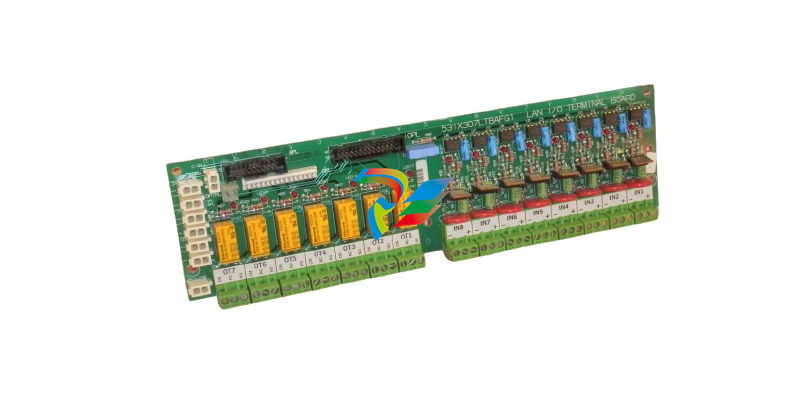



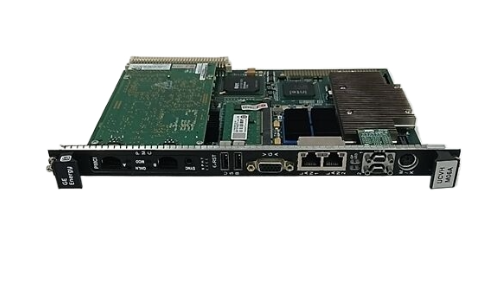
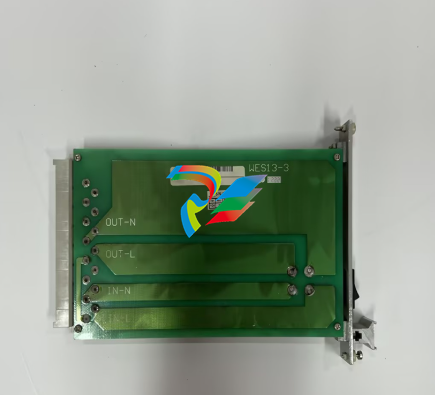
.jpg)
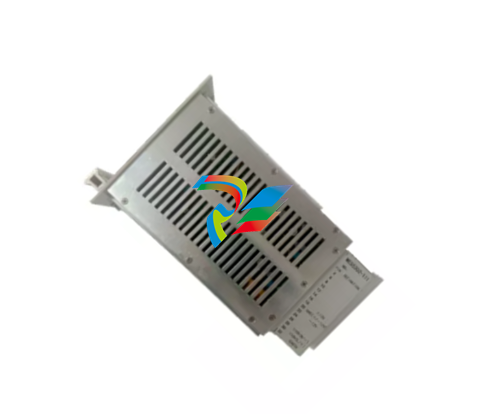
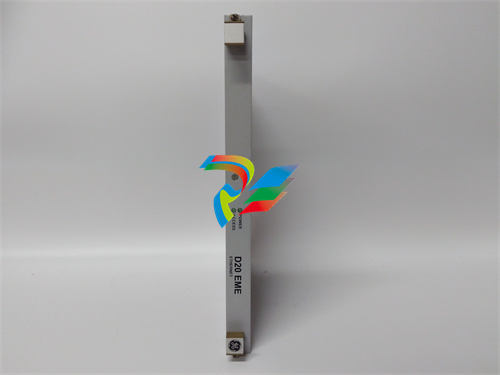
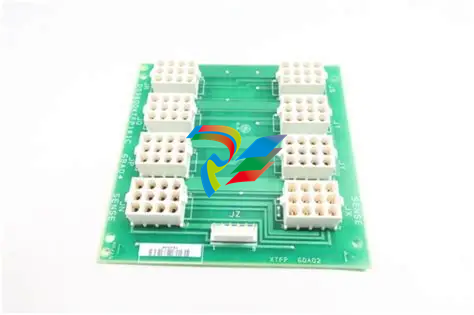









































.jpg)
.jpg)





.jpg)



.png)
.jpg)

.jpg)
_lVjBYb.jpg)

.jpg)
.jpg)



.jpg)
.jpg)







.jpg)

.jpg)
.jpg)











.jpg)





